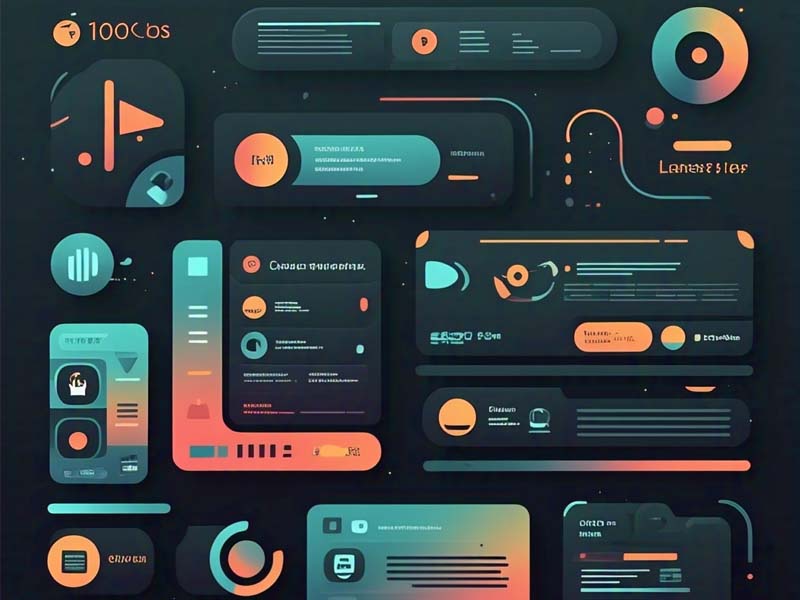
Fastcreasite – User-Centric Design is shaping the future of web development, with a major focus on enhancing user experience. As digital interfaces evolve, designers and developers are prioritizing accessibility, visual comfort, and interactivity. Features like dark mode, 3D elements, and augmented reality (AR) integration are no longer just trends. They are becoming essential components of modern web design. At the same time, a stronger emphasis on accessibility ensures that web content is inclusive for users of all abilities.
User-Centric Design now includes dark mode as a standard feature across websites and applications. This mode reduces eye strain, especially in low-light environments, making digital experiences more comfortable. Dark mode also enhances battery efficiency on OLED and AMOLED screens by minimizing power consumption on darker pixels.
Tech giants like Apple, Google, and Microsoft have incorporated dark mode into their operating systems, pushing website designers to follow suit. Many users prefer the aesthetic appeal of dark-themed interfaces, as they offer a modern and sleek look. As a result, businesses and developers are increasingly integrating automatic dark mode settings that adjust based on user preferences or system settings.
User-Centric Design is also embracing 3D elements and AR integration to create more engaging and interactive experiences. Websites are moving beyond flat, two-dimensional designs, incorporating 3D graphics, animations, and models to make content more visually dynamic.
“Peter Capaldi: Returning to Music After 40 Years”
E-commerce platforms, for example, are leveraging AR technology to allow customers to visualize products in real-world environments before making a purchase. From virtual furniture placement to interactive product showcases, AR-driven websites are transforming online shopping experiences. Additionally, gaming, education, and architecture industries are increasingly adopting 3D web elements to enhance digital interactions.
Inclusivity is at the core of User-Centric Design, making accessibility a top priority in modern web development. Developers are implementing screen reader support, keyboard navigation, and high-contrast visuals to accommodate users with disabilities. By ensuring that websites are WCAG (Web Content Accessibility Guidelines) compliant, businesses can reach a broader audience while fostering a more inclusive digital landscape.
Features such as alt text for images, resizable text, and voice command integration improve usability for individuals with visual, auditory, or motor impairments. Additionally, ensuring that websites are mobile-friendly and easy to navigate benefits all users, not just those with disabilities.
As technology evolves, User-Centric Design continues to redefine web development standards. Dark mode enhances user comfort and device efficiency, 3D elements and AR bring digital content to life, and accessibility features ensure inclusivity for all. By prioritizing these elements, designers and developers can create web experiences that are not only visually appealing but also functional and user-friendly. Businesses that embrace these advancements will stay ahead in delivering exceptional digital interactions.
“Upgrade Your Sleep: Create the Perfect Rest Haven”
[SITE_NAME] - Product teams now rely on design systems in scaling complex digital platforms to maintain speed and consistency. Mengapa…
[SITE_NAME] - Web designers increasingly rely on web design color psychology to drive clicks, build trust, and guide user decisions.…
[SITE_NAME] highlights how essential cybersecurity tools for modern web projects protect applications from fast-evolving digital threats in 2025. Why Essential…
[SITE_NAME] highlights new findings from eye tracking website header research showing users often ignore prominent header elements on modern sites.…
[SITE_NAME] highlights new website header blindness insights from eye-tracking studies that show users often skip top-page areas and focus directly…
FastCreaSite - Voice Commerce has accelerated into mainstream adoption as more users rely on voice-enabled devices to complete everyday tasks,…